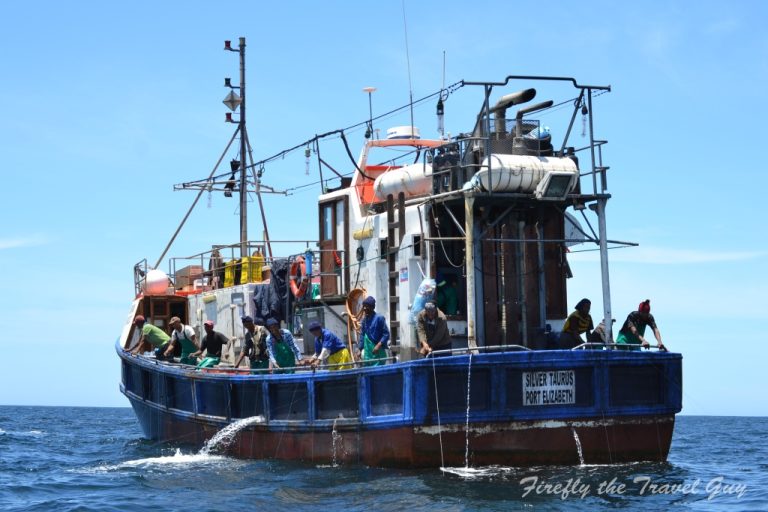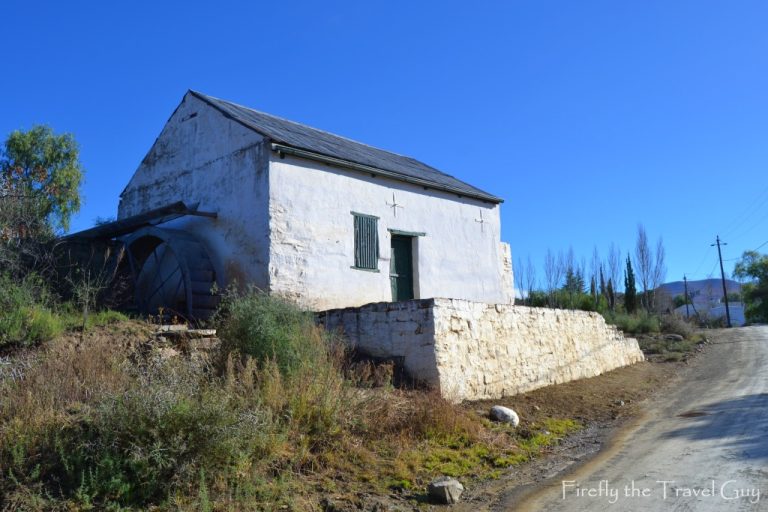
It’s been more than just a few years since I last visited (and not just driven through) Kalk Bay. In fact, I think the last time was when I was part of the “Our Beautiful Country” television game show and was put up in Kalk Bay for the recording of my rounds).

Spending a little time with my daughter before we head back to PE and she stays behind for her second year of university, we played tourist and took the @metrorailwc down to Kalk Bay. I posted about the trip last week.

After a walk around the main road shops, we strolled over to the harbour for fish and chips at Kalkies Restaurant Kalk Bay. But not before a walk through the harbour to have a look at the boats, views and fish sellers (who I never took a photo of 🤦🏼♂️).

The Village of Kalk Bay was established in the 17th Century as a small community of lime burners who used kilns to extract lime from sea shell deposits in the area. The name was derived from the Dutch term for chalk. In 1795 the Dutch located a small military outpost here, and after 1806 it began to flourish as a fishing village and whaling station.

Early fishermen in Kalk Bay launched small boats from the beach. The arrival of the railway line in 1883 jeopardized this practice, as it drastically reduced available space on the beach and disconnected it from the main road. Combined with the arrival of larger fishing vessels in False Bay, pressure mounted to construct a harbour.

Construction began in 1913 and was completed in 1918. A secondary mole (I had to look up what the word means and it turns out to be a breakwater) began construction in 1937, finishing two years later.

Today Kalk Bay is one of Cape Town’s trendiest seaside villages and reflects a cosmopolitan heritage and a long fishing history. There is a bohemian arty vibe, a growing nightlife, with great theatre and the art, architecture and cuisine are much sought after.




